The Northern Great Plains boasts a rich and diverse assortment of bird species that depend on the region’s vast, intact grassland habitat. The region also supports the largest expanse of core breeding habitat for five of the most imperiled grassland songbirds: Sprague’s Pipit, Baird’s Sparrow, Lark Bunting, Thick-billed Longspur, and Chestnut-collared Longspur. Unfortunately, while grassland conservation is gaining national attention, we simply are not making headway quickly enough. The 2022 State of the Birds report delivered a sobering and urgent prognosis for birds, especially grassland birds, which are suffering the steepest declines of any bird group. NGPJV partners are committed to maintaining the focus on grasslands and ensuring decision-makers recognize the most important places and actions for making a difference in grassland bird conservation.
Alongside grassland songbirds, other migratory birds such as the Northern Pintail, Sandhill Crane, and Long-billed Curlew also depend on the region for breeding and migration habitat. Resident species like the Greater Sage-grouse and Sharp-tailed Grouse breed, raise their broods, and find winter shelter and food in the sagebrush-steppe and grasslands. Raptors such as Short-eared Owls breed, winter, and hunt across the northern grasslands. Mountain Plover and Burrowing Owl — sensitive species because of their specialized association with prairie dog colonies — find breeding habitat across the plains. Still other species like the Black-billed Cuckoo and Red-headed Woodpecker are riparian obligates, which means they rely on stream and river corridors for food, nest sites, and shelter.
Priority Species
The NGPJV has identified 26 priority bird species in need of conservation attention. Five grassland birds endemic to the region were elevated as our top priority due to alarming trends in population declines.
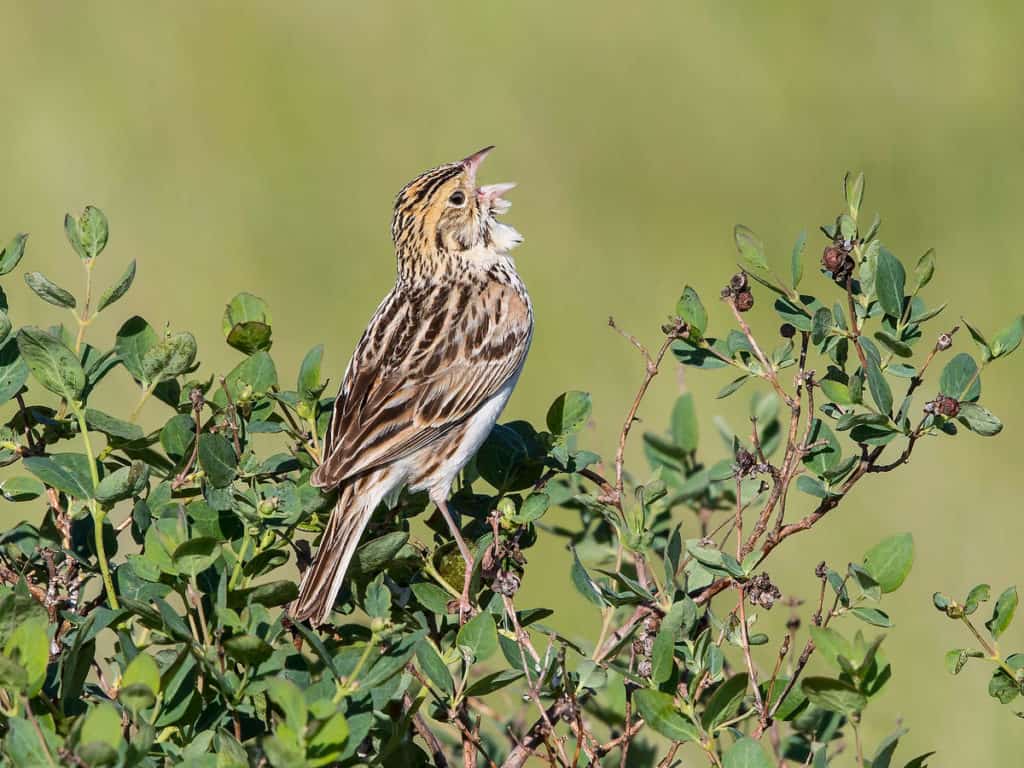
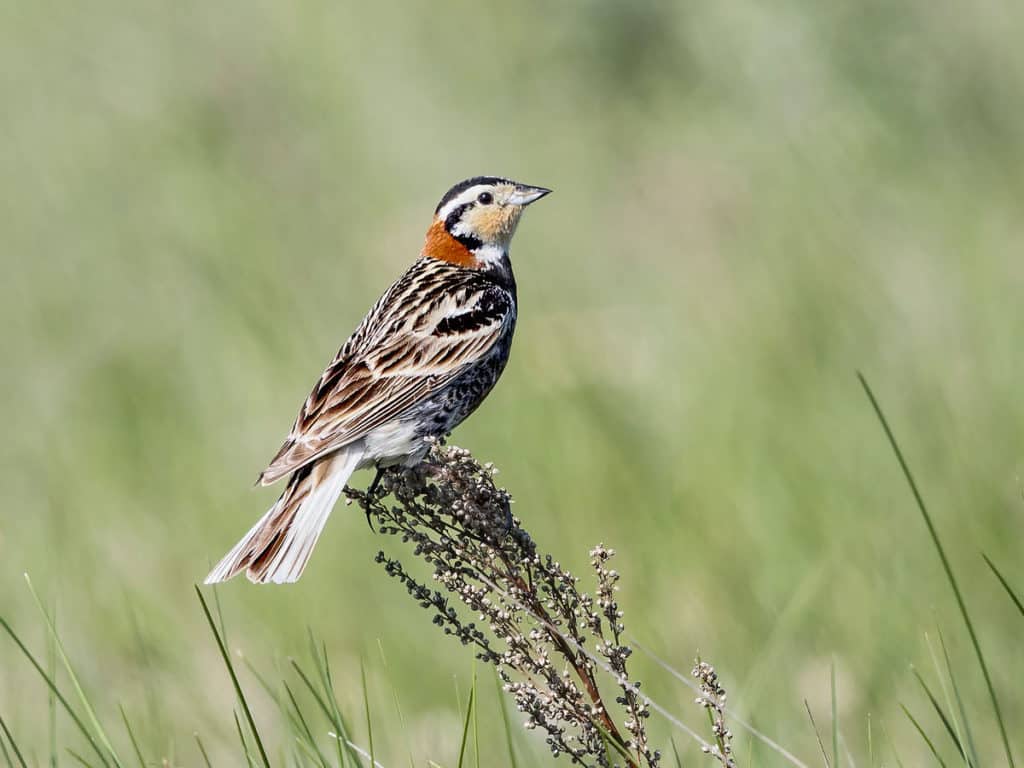
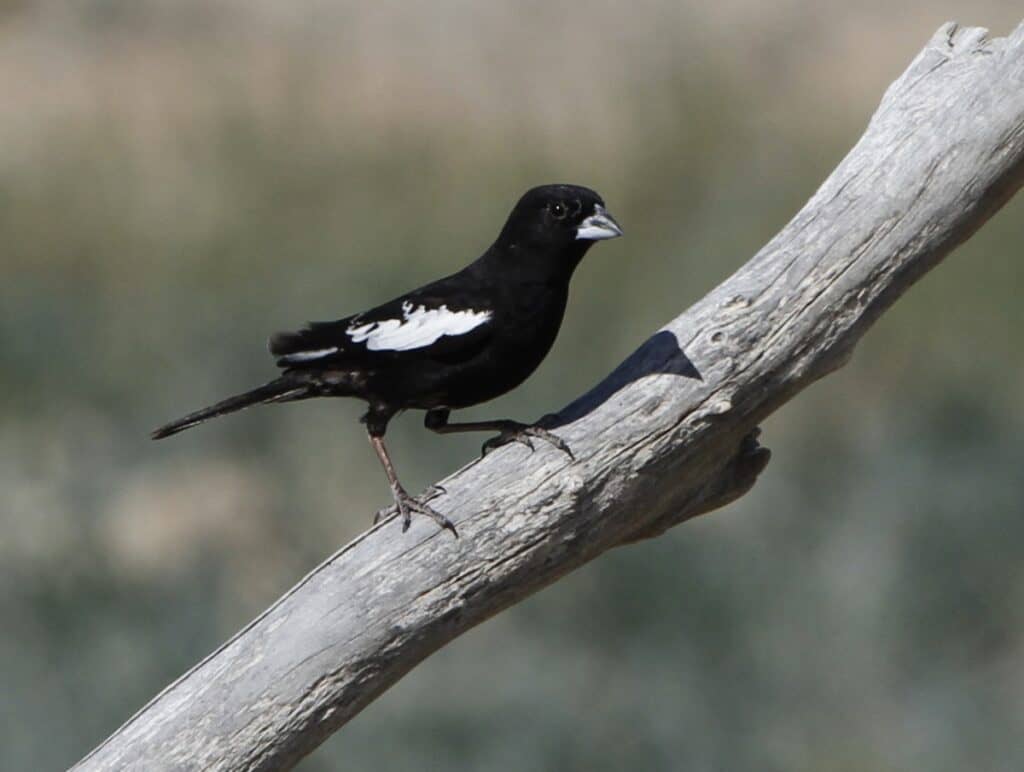
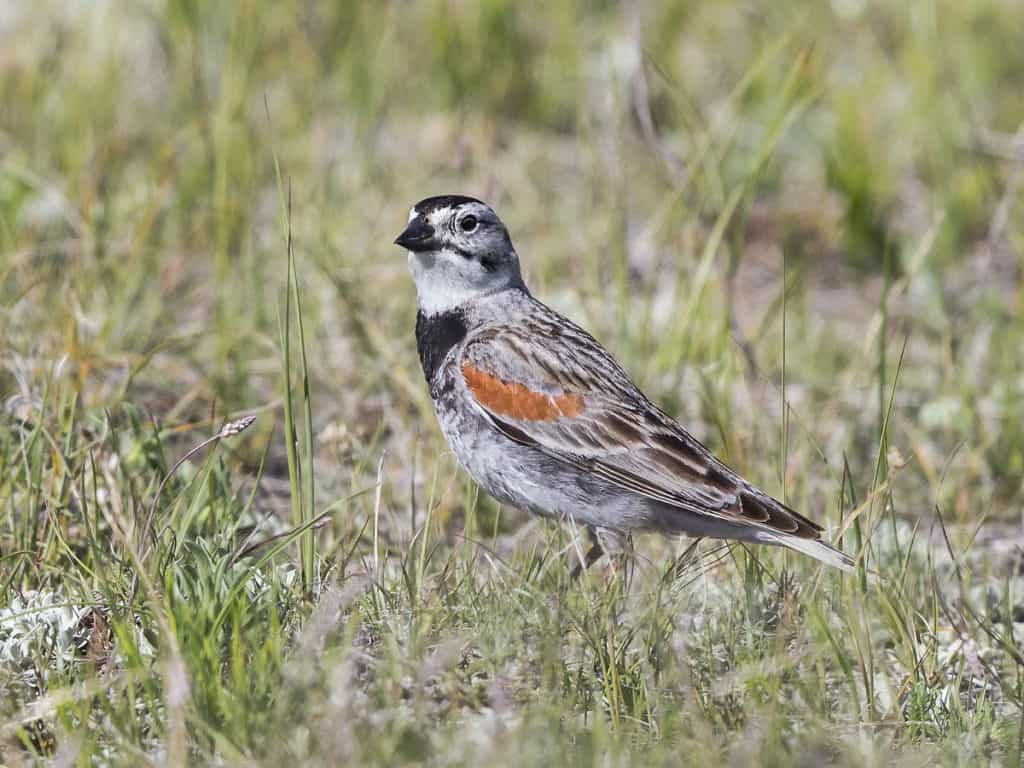
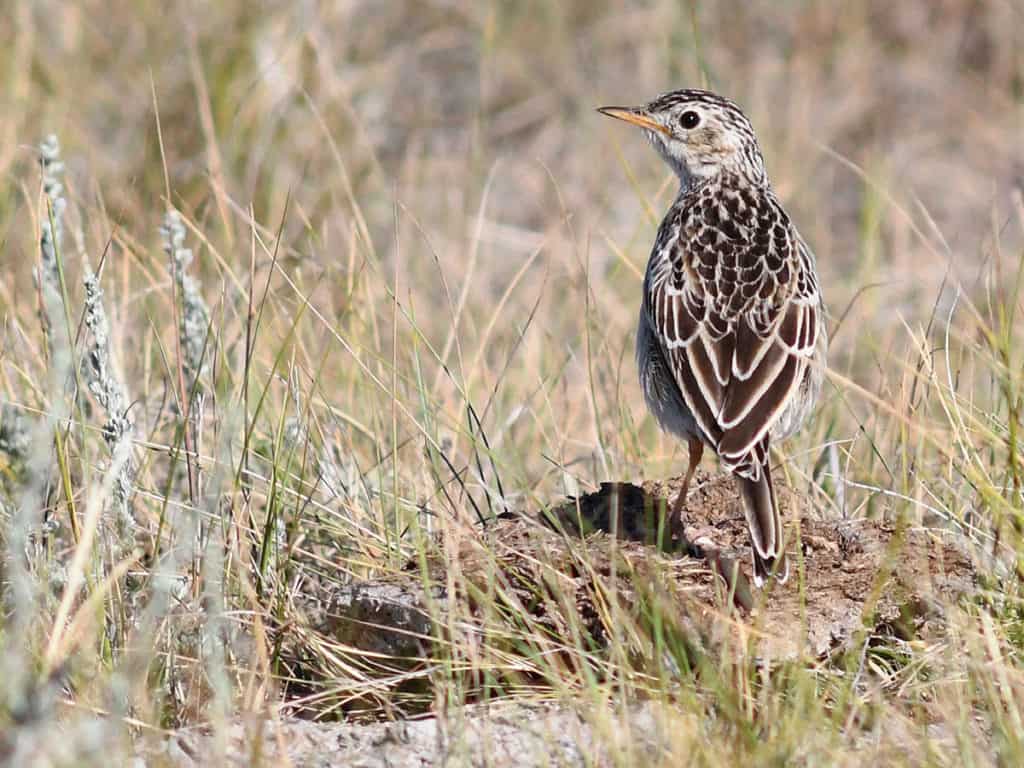
In 2012, the NGPJV Technical Committee identified 26 priority bird species in need of conservation attention. The NGPJV partnership has since elevated five grassland birds endemic to the region as our top conservation priority in response to a 2019 study that documented alarming trends in grassland bird declines. The Technical Committee developed ten-year conservation objectives which specified that 1-2.5M acres of grasslands conservation are needed in the Northern Great Plains to slow or stabilize declining trends of these five grassland birds by 2026.
Our goal is to sustain the gains made for wetland birds and follow this successful model to reverse declines of grassland birds.
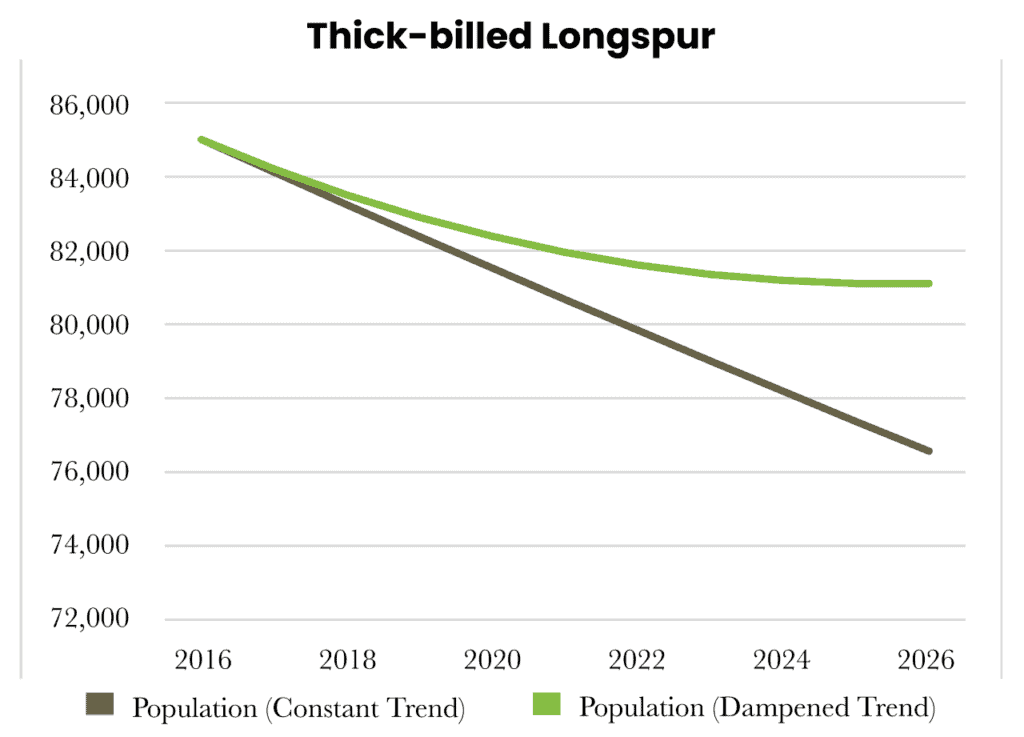
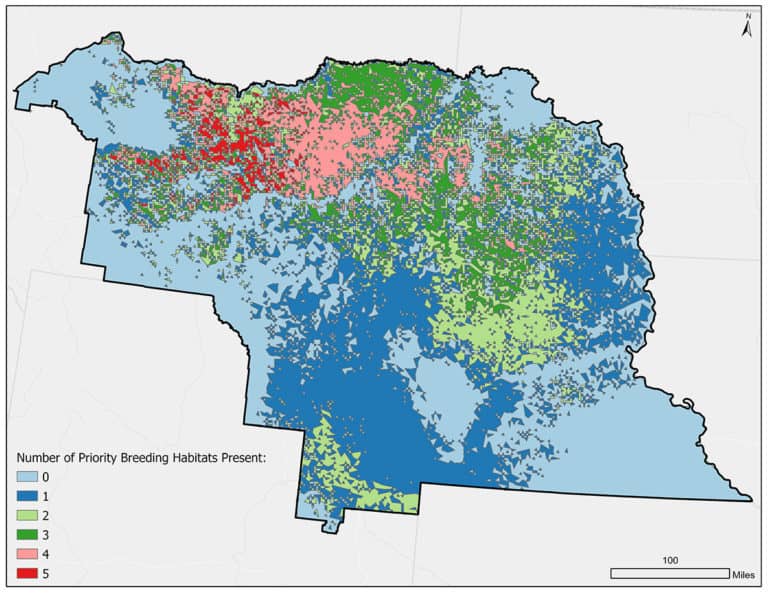
We developed this ‘heat map’ to identify areas that are priority breeding habitat for one or more priority grassland birds and where conservation actions could be most beneficial.
